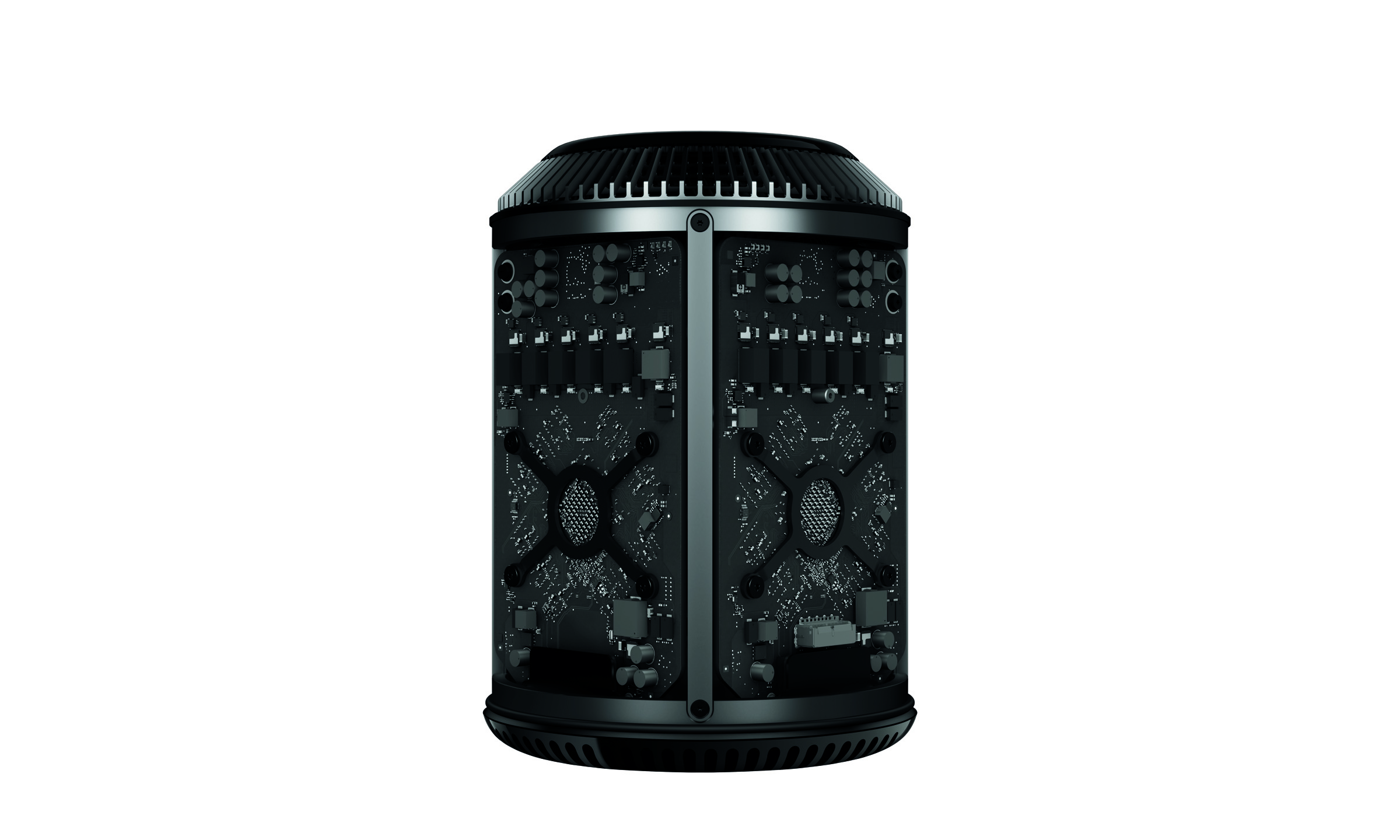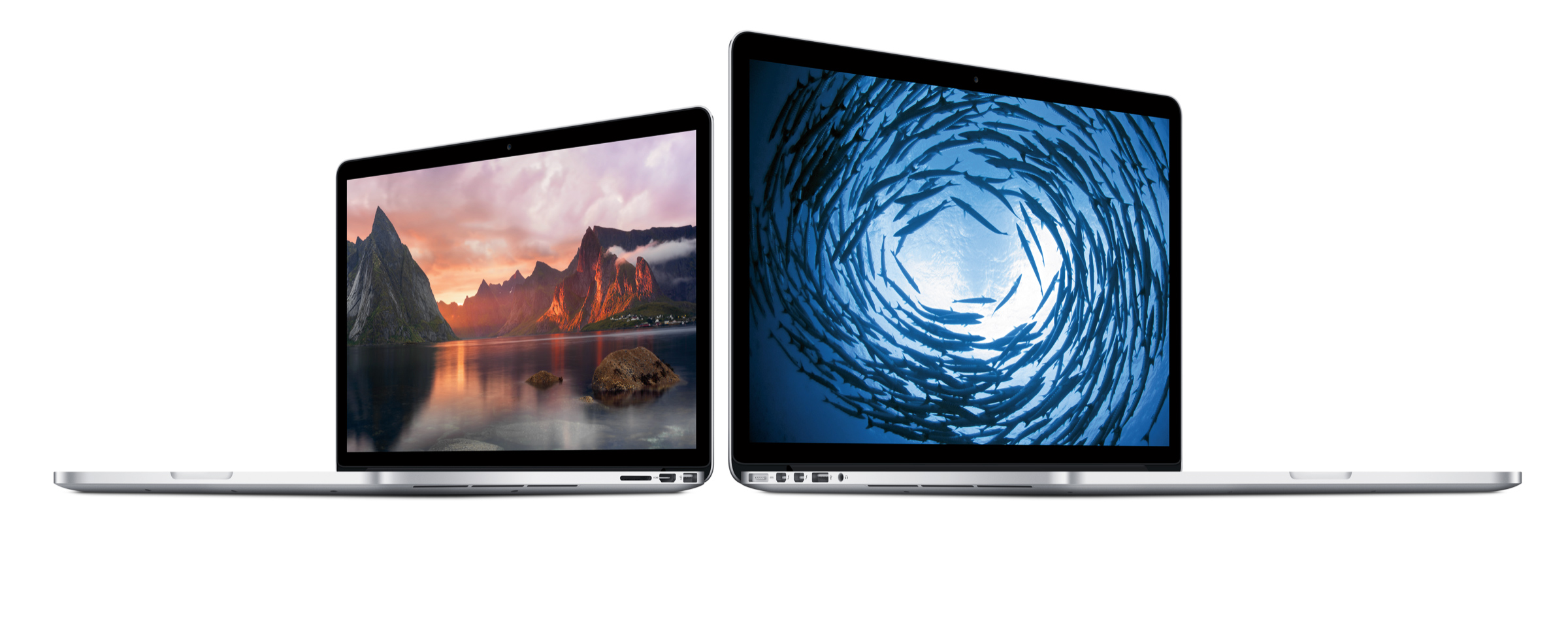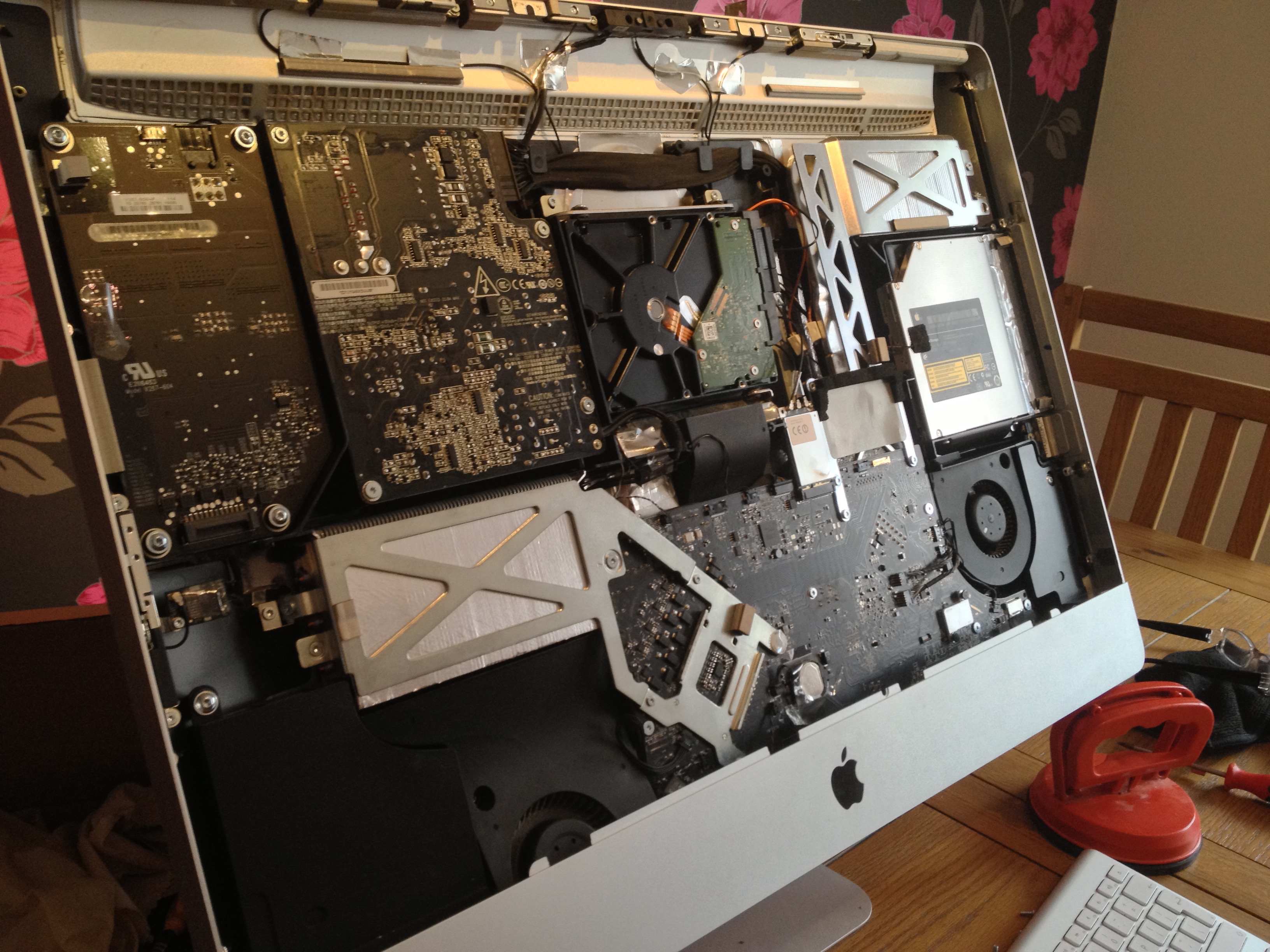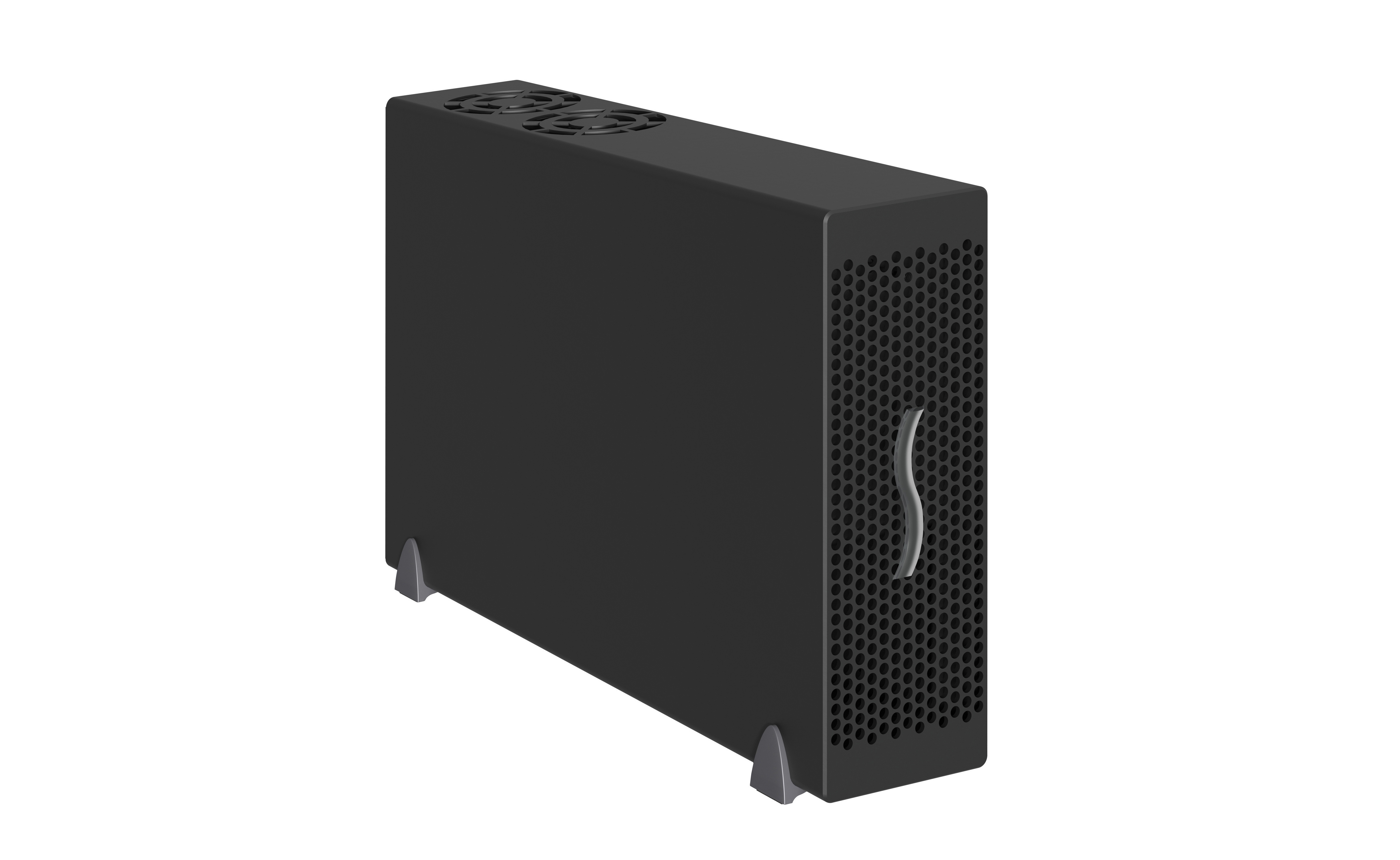PC Gamer's guide to gaming on a Mac

Mac hardware and buying advice
There are three separate desktop Mac product lines: the iMac, Mac Mini and Mac Pro, and two main portable variants, the MacBook Pro and MacBook Air, with the newly announced Intel Core-M based MacBook joining the family. Each serves a quite distinct set of users, with different hardware, design, pricing and performance depending on the configuration you go for.
As we all know, the key to great gaming performance is having a good graphics card and processor. All Macs come with an Intel Haswell or Broadwell processor, with integrated graphics in the entry-level models. With some Mac models, there’s the option of a discrete mobile GPU, from either Nvidia or AMD, but this depends on the type of Mac you’re buying.
As with mini-ITX PCs and Ultrabooks, the Mac Mini and MacBook Air are designed to be as small as possible, and therefore the maximum performance they can offer is quite restricted, given there’s only so much heat output they can handle from powerful components.
Should you buy them for gaming? Of all Apple’s products, the Mac Mini, Air, and new MacBook are the least suited to gaming since their CPUs are clocked fairly low, in favour of long battery life. The processor only runs at 1.1 GHz in the case of the entry-level MacBook, and there are no options for discrete graphics cards. Don’t count on it playing anything but old and lightweight games.
The Mac Pro
At the other end of the spectrum is the Mac Pro.The Mac Pro is a workstation and isn’t aimed at gamers, but it’s without a doubt the best Mac for gaming you could buy. It starts at $2,999—not exactly an impulse purchase.
It comes with dual AMD FirePro professional GPUs, rebranded as D300, D500 and D700 cards. It’s the only Mac to offer desktop graphics cards, custom designed by AMD to fit into the Mac Pro’s cylindrical shell. The oddly shaped design gives the Mac Pro some really superb thermal efficiency, but also means you can’t fit hard disks inside it. Instead, you have to make do with up to 1TB of flash storage, which uses 4 PCI Express lanes for roughly 1GB/sec read and write speeds and external storage for additional capacity.
And since the Mac Pro is a workstation, it’s priced as such. The Xeon processor options range from a 3.7 GHz quad-core chip to a 2.7 GHz 12-core processor. For gaming, the quad-core processor will deliver better performance in most cases, as the extra clock speed will affect gaming performance more than extra cores.
The biggest gaming news, reviews and hardware deals
Keep up to date with the most important stories and the best deals, as picked by the PC Gamer team.
The quad-core Mac Pro costs far more than a PC of comparable performance, but you can add a nice upgrade that works out as reasonable value for money. Bump the graphics cards to the D700 option for an extra $1000 and you’re basically getting two top-end AMD FirePro cards for far less than the cost of the desktop variants.
Should you buy it for gaming? This configuration will deliver the very best gaming performance of any Mac, but it’s still only a system you should be buying if you’re doing video editing or design work (or have a ton of money and an unrequited crush on Johnny Ive).

The MacBook Pro
Although integrated graphics are certainly no match for a proper graphics card, Intel’s offerings are far better than they used to be. Of course, you won’t get anywhere near the performance of a desktop gaming PC out of an entry-level 13-inch MacBook Pro, but it’s now enough to at least run modern games, probably with the resolution and detail settings turned down and the fancy effects kept to a minimum.
(Note: that cool-looking aluminium chassis has a tendency to get pretty hot when asked to push 3D graphics around.)
The 13-inch MacBook Pro comes with a dual-core processor, while the 15-inch model comes with a quad-core chip. The integrated graphics is better on the 15-inch model, too.
On a 13-inch 2013 Retina MacBook Pro with a dual-core Intel Core i5-4288, running at 2.6 GHz, Intel Iris HD 5100 graphics and 8GB of memory, we not only had Dota 2 running fine in OS X but got Battlefield 4 running at a playable frame rate on a Boot Camp Windows partition, with the resolution set to 1280x720 and the detail settings on low. It might not sound impressive at all compared with what a GeForce GTX 980 can do, but once again, it’s enough for gaming if that’s the only computer you own or have at hand.
You’ll get better results from the 15-inch MacBook Pros, which come with Intel’s more powerful Iris Pro integrated graphics, while the $2499 top-end model has an Nvidia GeForce GT 750M. This Mac is still no way as powerful as a dedicated gaming laptop, but will generally run most games with a good frame rate.
Should you buy one for gaming? If gaming is a serious consideration for your portable Mac purchase, a larger 15-inch MacBook Pro is probably the one to go for.

The iMac
The 27-inch iMac received a hefty update late last year after Apple upgraded its integrated display to 5K resolution (5120x2880). With this new model, there was a switch from a mobile Nvidia GeForce to an AMD Radeon card, although it’s not clear that it offers significantly improved gaming performance. The standard 2GB Radeon M290X is generally worse or roughly identical to the GeForce used in 2013’s 27-inch iMac, and only the upgraded 4GB Radeon M295X shows a significant improvement over 2013’s offering.
In the iMac you only get a mobile GPU. It’s a lot less powerful than a full-sized PCI-Express desktop card but its inclusion is understandable. An iMac is an all-in-one computer, and designed to be thin. It’s quite an achievement that Apple has squeezed a gaming-capable computer onto the back of a 5K display and still kept the entire unit as svelte as can be.
This leads neatly onto the subject of the Retina display on Macs. Unless you’re playing really old games, you’ll have problems playing at native resolution. Even top-end gaming PCs with powerful discrete desktop graphics struggle at 4K resolution in most games, so there’s not much hope for the iMac’s mobile GPU and demanding games at 5K.
The ideal resolution to go for is exactly a quarter that of the Retina display, so with the 5K iMac, 2560x1440 is certain to fit on the screen properly. If that causes performance problems, dropping the resolution further to a lower 16:9 option should work.
As of last year, Apple introduced a new, low priced entry-level 21.5-inch iMac, although it’s closer to the performance of a MacBook Air, with a low-clocked dual-core processor, and really isn’t the best Mac around, for the price. It’s better to spend a bit more and go for a quad-core model.
Should you buy one for gaming? The iMac definitely can’t play games at its demanding 5K resolution, but spring for the best GPU option and do some smart scaling, and it’ll deliver decent gaming performance.

Upgrades
A piece of once-great advice about buying a Mac sadly no longer holds true. It used to be easy to open a Mac and upgrade it with third-party memory, avoiding the high prices Apple charges for the same thing. Now, the only Mac that can be upgraded in this way is the 27-inch iMac, while even the MacBook Pro has its memory soldered in, preventing upgrades.
Therefore you should get as much memory as you can afford when you buy your Mac. If you’re thinking of gaming, 8GB should be a minimum, and for better future-proofing, go with 16GB.
Storage on Macs works a bit differently from a PC. With the exception of the Mac Pro, all Apple’s desktop lines now come with a Fusion Drive as standard, which combines a 128GB PCI-Express SSD with a hard disk, automatically caching frequently-accessed files on the SSD. It works very well and causes no problems with gaming or when running Windows in Boot Camp.
There’s the option of ditching hard disks completely and going for just an SSD inside the Mac, once again using the PCI-Express bus, perhaps installing your games on an external disk connected via USB 3 or Thunderbolt, or keeping your entire Boot Camp partition on an external drive. If you don’t want to consume the Mac’s precious internal storage, you’ll get good results from running Windows with a $20 USB 3 caddy with a 2.5-inch desktop SSD inside it. We’ll show you how to do that on the next page.
In general, the most useful piece of advice on buying a Mac for gaming is to spend a bit extra and upgrade the GPU to the most powerful one available, above any other possible upgrade. CPU upgrades are nice, but the differences between a Core i5 and Core i7 are far less pronounced in games than a better graphics card, as our benchmarks in the Best PC Gaming CPU article shows.
DIY
Another disadvantage of Macs as a gaming platform is the difficulty in upgrading them later on. Very few laptops in general let you mess about much with the internals, save adding storage or memory, and as we mentioned, it’s even harder now with Macs, since newer MacBooks don’t allow upgrading of the memory either.
As with nearly all integrated all-in-one systems, the iMac is particularly difficult to upgrade, needing some serious skills and patience to root around inside it. Only people with top PC building skills should even think about attempting to mess with it. Otherwise we definitely recommend talking to a third-party Apple reseller about any modifications you want made.
It’s not impossible to do yourself, though. You can upgrade the memory on older Macs, and there are all sorts of storage upgrades you can do yourself. With older (non-Retina) MacBook Pros, you can fit a standard 2.5-inch SSD inside by whipping off the cover, and either removing the hard disk and fitting in an SSD of your choosing, or removing the optical drive and replacing it with an inexpensive caddy that perfectly fits into the space of your specific laptop. This works with standard PC laptops as well. With both a hard disk and SSD inside your customised Mac, you can create your own Fusion Drive by entering a few commands in terminal (the Mac’s version of the command prompt). The procedure is explained very well here.
A website called Ifixit offers breakdowns of Apple kit, so you can see exactly how to open them up. And Apple reseller Other World Computing, or OWC, sells custom parts to fit into your Mac, with a whole load of how-to videos, taking you through the process step-by-step.
If you have an iMac, you can access the insides by lifting the glass screen from the front. The preferred method for this seems to be using suction cups. At all costs, you should avoid any damage to the LCD screen underneath it, as even a tiny fingerprint or speck of dust will show up while you’re using your computer. But inside you can fit a new hard disk or upgrade the SSD.
It’s relatively straightforward to do this with the larger iMacs from 2011 or earlier, but the thinner more recent models have even more delicate screens, another reason to go to a professional (where you’ll also get a guarantee they won’t break your Mac).
While all this sounds like a hassle, particularly with newer Macs, there’s one upgrade that is surprisingly easy to do. Modern Macs have ditched 2.5-inch SSDs completely in favour of very slim PCI-Express cards. You can replace one in your iMac, MacBook Pro or MacBook Air with a third-party drive, again from someone like OWC, just by opening the case up. OWC has plenty of guides that show how to do so.
Just remember you need some special screwdrivers for all this. A set of torx screwdrivers is needed for older Macs, and special pentalobe screwdrivers are needed to open modern MacBook Pros. These can be easily found on a site like Amazon or Ebay.
And as a final caveat, note that most of the options discussed here will void your warranty.

External PCI-Express graphics
Upgrading storage and memory won’t make a massive difference to performance. For a real boost to gaming, you need a better GPU, but a GPU upgrade isn’t an option in Apple’s laptops (or in most PC laptops, for that matter). Thanks to Thunderbolt’s ability to carry video data, which is a standard connector on nearly all Macs in the last five years, you can purchase a unit which allows you to plug in a standard graphics card and use it to boost your Mac’s overall performance. It sounds great: you could buy a more affordable MacBook Air (or indeed, a Windows laptop with a Thunderbolt port), and just plug in the extra graphics when you want to play a game.
But it doesn’t work particularly well. For a start, the units are expensive: they can cost hundreds of dollars, or close to a thousand, before you even buy a graphics card to stick in them. Most Thunderbolt enclosures are designed for various PCIe add-on cards other than graphics cards: video capture, audio processing, etc. You could spend nearly as much money on an external enclosure as on a standalone gaming PC.
Purchase planning
One final piece of advice about buying Apple hardware: plan the timing of your purchase carefully. Apple refreshes each of its product lines roughly once a year, always upgrading the GPU, CPU and chipset. Prices usually remain about the same as the previous generation.
For the last few years, new 15-inch MacBook Pros have been released in the summer, and new desktop iMacs, Mac Minis and 13-inch MacBook Pros in the fall.
If you’re considering a new Mac around those dates it makes sense to wait a few more weeks to get the updated model and its superior performance. If you need some help with this, a handy website details whether to expect an imminent new Mac update, and whether you should hold off, or go ahead with your planned purchase.
Many people take advantage of the high resale price of Macs on sites like Ebay by selling their computer while it’s still current, holding off a few weeks and upgrading to the predicted newer model as soon as it launches. By knowing the right time to do this, the difference in cost between the new Mac compared with what you can get for your existing hardware can be surprisingly slim, and you can can make a further saving by ordering from Apple’s Refurb store, where you can get a second-hand model with a full year’s warranty and good-as-new quality for a significant discount.
Page 1: Introduction to Mac gaming
Page 2: Mac hardware and buying advice
Page 3: Mac gaming on OS X
Page 4: Running Windows games on a Mac
Page 5: Keyboards, mice, and gamepads on Mac

